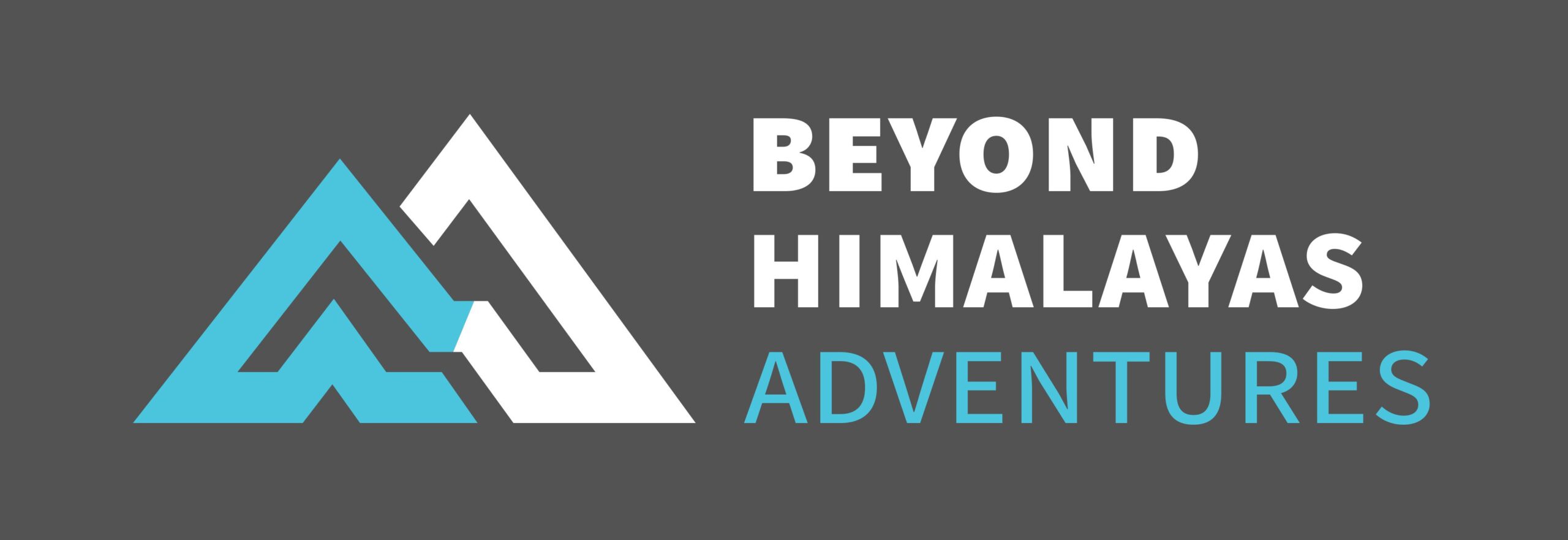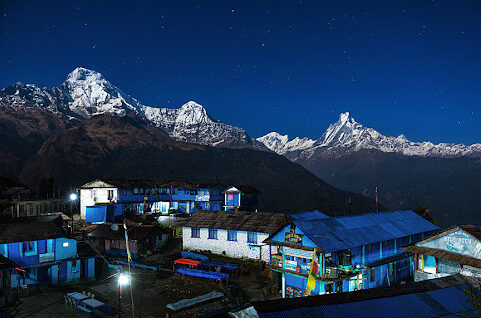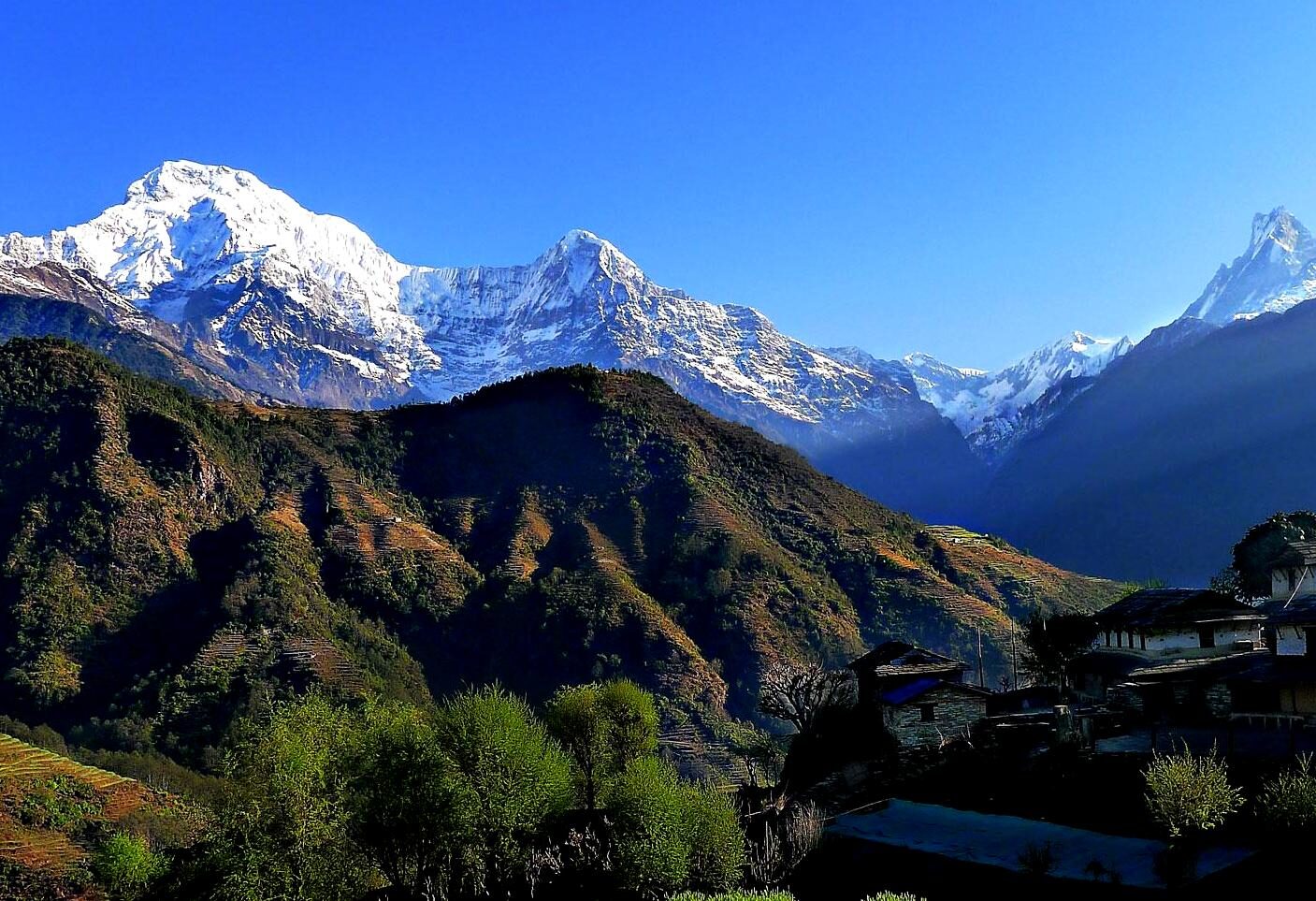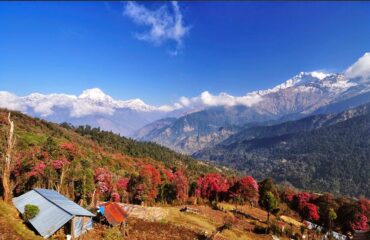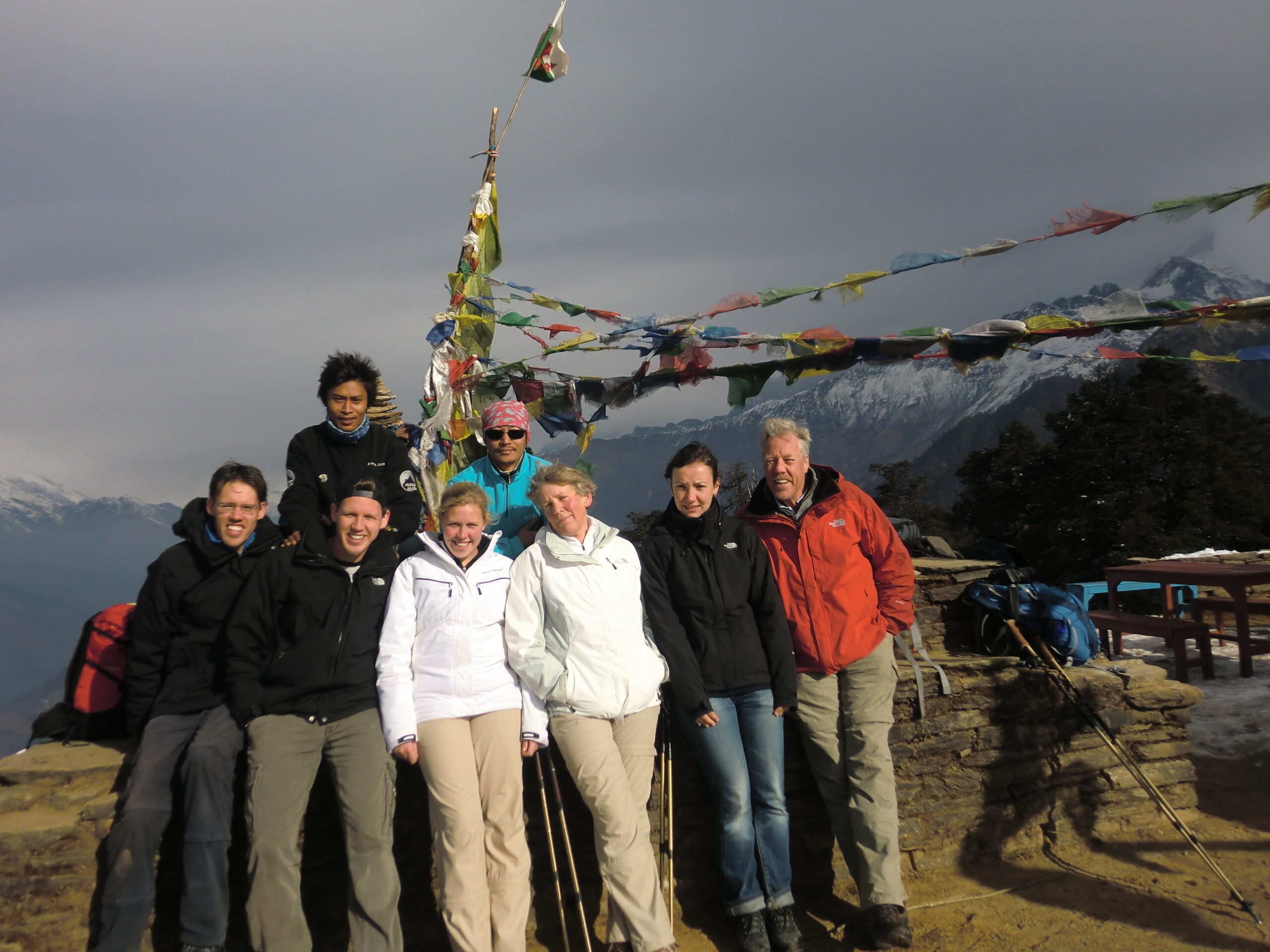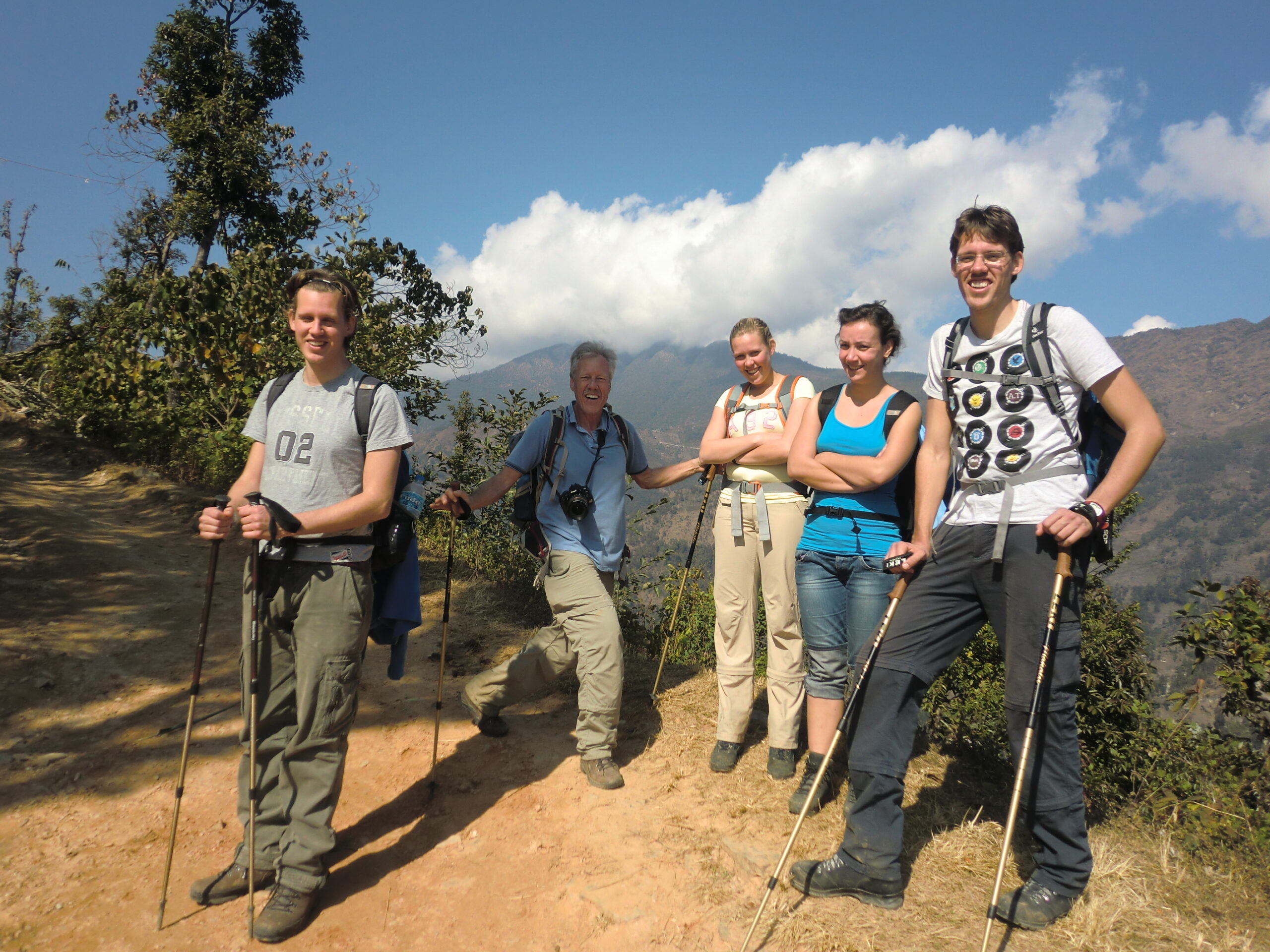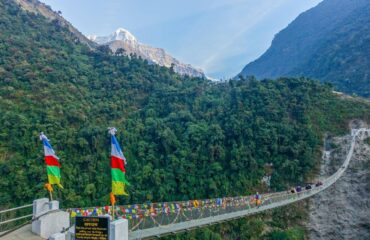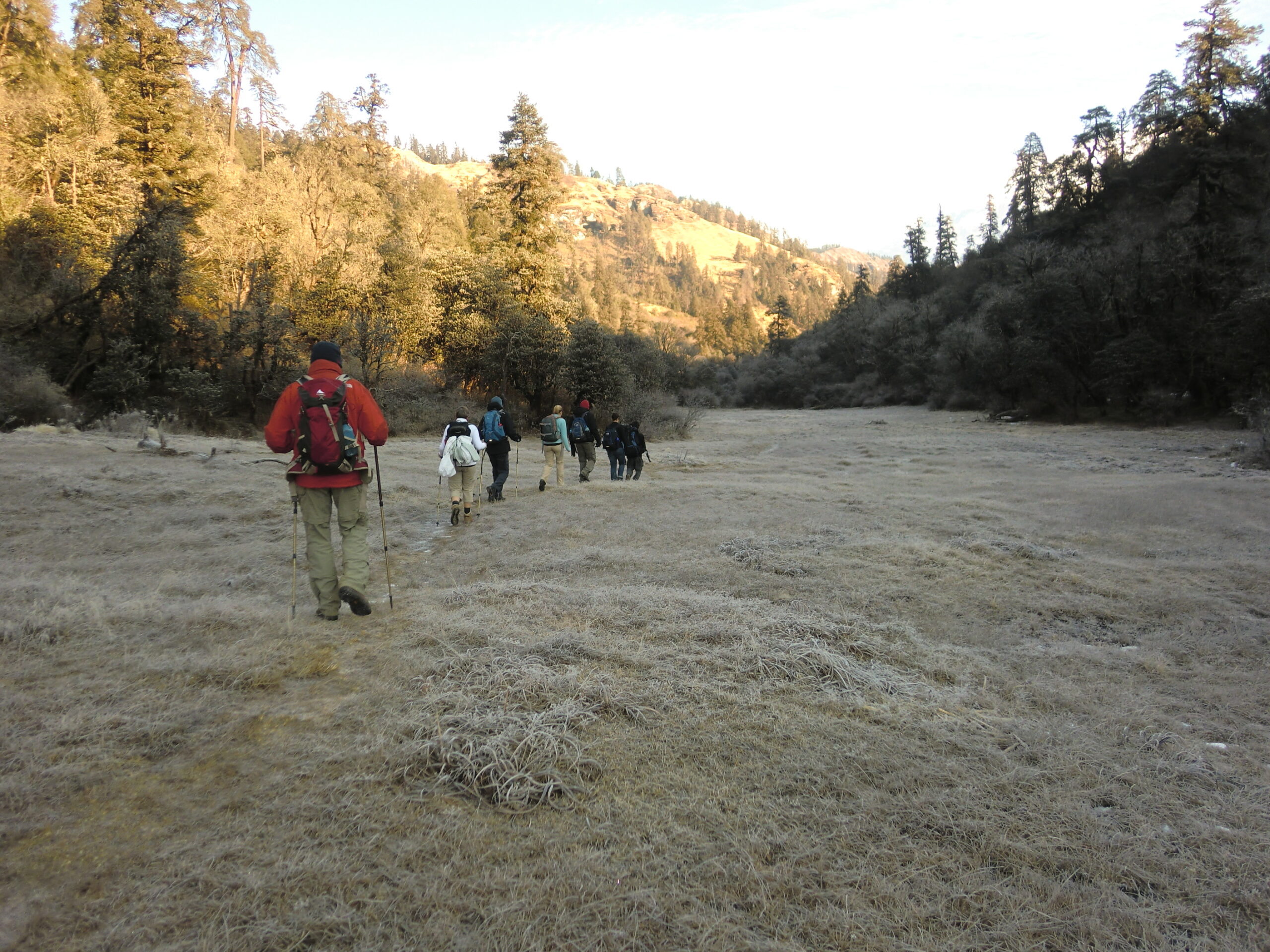Annapurna Balcony Trek
fromEmbark on a short and easy trek and gain Annapurna region trekking experience regardless of any boundaries of age, time, and fitness level.
-
Reviews 0 Reviews0/5
-
Vacation Style Holiday Type
-
Hiking
-
-
Activity Level Moderate
-
Group Size Medium Group
Annapurna Balcony Trek at the popular Annapurna region is actually an opportunity to gain Annapurna region trekking experience regardless of any boundaries of age, time, and fitness level. Trek is short and easy but equally romantic trekking in the Annapurna region. You will get the chance to see Annapurna, Dhaulagiri, and other several white-capped peaks in front of your eyes. The trek to Annapurna balcony passes through waterfalls, villages, farmlands, rhododendron forests, and vistas that invigorate your soul. Since the trek starts from a mere height of around 800 meters the acclimatization process is gradual and you will reach a high altitude of over 3210 meters
This Short and easy Annapurna Balcony Trek is best recommended as a family trip and for all those adventure lovers who have limited time to stay in Nepal or who prefer a comparatively easy trekking experience with excellent Himalayan views. Therefore most travel lovers are recommended for this short and easy trek which is less crowded compared to the Annapurna base camp.
Trip Highlights
- Trek to the foot of breathtaking Annapurna Himalayas
- Step inside and experience life as the “mountain people” in the heart of the Himalayas
- Sunrise views from Poon Hill.
- Views of the world’s highest mountains: Dhaulagiri I (7th) and Annapurna I (10th)
- Natural bath in hot springs at Jhinu.
- Crossing the long suspension bridge of Modi Khola near Jhinu.
- The many villages on the way, and the life and the teahouses.
- Airport transfers and escort.
- All meals while on the trek. (Breakfast, Lunch, Dinner, Tea, Coffee, Hot beverage)
- Accommodation during your whole trip at local lodges.
- Transportation to and from Kathmandu to trek starting point as mentioned on itineraries.
- English speaking government-licensed Sherpa guide.
- Porter Service (2 trekkers = 1 porter)
- Staff cost including their (Salary, equipment, food, accommodation, and insurance )
- Assistance Sherpa guides as required
- National park fees.
- All permits to enter the local municipality and Langtang national park
- 3 nights accommodation at tourist standard category hotel in Kathmandu with breakfast on twin sharing basis
- 1-night accommodation in Pokhara on twin sharing basis with breakfast
- All guided sightseeing tours in Kathmandu and entry fees.
- All ground transportation on comfortable private vehicle
- All government and local taxes
- International airfares
- International Airport Departure Tax and visa fees
- Personal and Trekking Equipment
- Major meals, Lunch, and dinner during your stay in Kathmandu
- Any type of personal expenses, such as alcoholic beverages and drinks, phone, and laundry.
- Rescue & travel insurance, trip cancellation costs, accident or health emergency, evacuation, loss, theft or damage to baggage, and personal effects.
- Tips & Gratuities to porters and guides
- We strongly advise you to take out personal travel insurance.
- Day 1 Depart Home Country
- Day 2 En Route (Transit)
- Day 3 Arrival in Kathmandu (1,300m/4,264ft)
- Day 4 Casual day and trip preparation in Kathmandu
- Day 5 Fly to Pokhara (823m/2,700ft) and trek to Ulleri (2050m/6725 ft): 6 hrs
- Day 6 Ulleri to Ghorepani (2,750m/9,020 ft): 4 – 5 hrs
- Day 7 Ghorepani to Tadapani (2,700m/8,860ft) with a visit to Poon Hill: 6 – 7 hours
- Day 8 Tadapani to Jhinu – Hotspring (1780m/5839 ft) 4-6 hrs
- Day 9 Jhinu to Tolka (1700m/5577 ft) 5-6 hrs
- Day 10 Tolka – Pothana (1890m/6200 ft) 4-5 hrs
- Day 11 Pothana – Phedi (1130m/3707 ft ) – Pokhara (827 m./ 2713 ft) 4hrs
- Day 12 Drive back to kathmandu
- Day 13 Transfer to airport for final departure
- Day 14 En Route Home Country
- Day 15 Arrive home country
The main emphasis while trekking is on keeping warm and dry while still being lightweight. You should bring a rucksack or backpack for the gear required during the day. Your pack should contain items such as warm clothes, a jacket, a camera, water bottles, a personal first aid kit, and snacks. The weight limit is 5kg. A porter will carry the rest of your personal equipment packed in a duffel or kit bag. The weight limit for your duffel bag is 15 kg however it is different in the case of peak climbing and expedition.
A Note on Packing
For your international flights, we recommend that you pack all your equipment in your two duffle bags or suitcase. Do not simply pack your backpack (since the straps can be damaged by the baggage handling machines). It is important to lock these bags for their trip. Depending on the airport, you may be able to put your travel locks on after TSA has searched the bags. If not, Lock the bags with Zip Ties. If the TSA cuts off the zip-tie to search your bag, they will replace it. You will still need the travel locks to lock your bags in the hotel and during the trek. Generally, you will take one duffel on the trek, and leave one in the hotel in Kathmandu with your belongings for your time in the city. Your trek in duffel will only be accessible in the evenings (with items such as changes of clothing, sleeping bag), and your day pack will hold vitals such as water, layering, blister kit, and camera.
FOOTWEAR
- Hiking Boots with ankle support. Make sure they are comfortable and you have worn them in before arriving in Nepal.
- Camp Shoes or Tennis Shoes
- Thick, warm wool and day hiking socks
- Camp Sandle
- Gaiters (Optional )
- Plastic bag to carry spare shoe
CLOTHING
- Lightweight Trekking pants
- Synthetic T-shirts, long-sleeve shirts
- Synthetic hiking pants, Zip-off pants
- Trekking trousers
- T-shirts – Lightweight, quick-drying
- Long-sleeved shirt
- Fleece jacket with wind-Stopper (With wood)
- Down vest and/or jacket
- Rain jacket or poncho (Gore-tex or equivalent)
- Rain pants (Gore-tex or equivalent)
- Down jacket medium weight
- Fleece or wool pants
- Synthetic Underwear
- Women sports bras, synthetic(for women)
- Waterproof (preferably breathable fabric) shell pants
- Long sleeve tops or shirts (not cotton).
- Microfleece.
- Mid to heavyweight fleece or synthetic/ Primaloft
HEAD & GLOVES
- Fleece gloves.
- Warms mittens and/or gloves.
- Wool or fleece hat.
- Sun hat
- Warm hat wool or synthetic that covers your ears
- Bandana or scarf (eg. Buff Headwear).
- Head torch. Bring extra batteries.
- Sunglasses with UV Protection
ACCESSORIES
- Lightweight Sleeping bag
- Trekking poles
- Basic First Aid Kit
- Daypack (Ruck Sack): Recommended size is around 30 liters. You need to have enough space to carry water
bottles, a camera, snacks, and extra clothing. The pack should have a good waist belt. It is also a good
idea to bring a rain cover to keep the contents dry - Fleece or silk liner for your sleeping bag
- Stuff sacks for keeping your gear dry and organized (Optional )
- Thermo-rest sleeping (optional)
- Water bottles
- Small wash towel
- Sunscreen and lip salve
- Water purification tablets (Pristine, Biox Aqua or Aqua Mira).
- Favorite snack food.(Optional)
- Books and cards etc.(Optional)
- Camera with spare batteries and memory cards.(Optional)
- Insurance certificate.
- Earplugs (optional).
- Hand sanitizer
- Any personal medications
TOILETERS
- Quick-drying towel (medium-sized)
- Soap (preferably biodegradable)
- Toothbrush/paste (preferably biodegradable)
- Deodorants
- Face and body moisturizer
- Nail clippers
- A small mirror (optional)
- Tissue paper/ toilet roll
- Anti-bacterial Hand wash etc ….
Conclusion:
As the weather condition is unpredictable in the Himalayan region, you need to be prepared at all times. A day can start sunny with clear skies and later become cold and windy at the high altitudes.
Sometimes, it can rain and snow during the trekking period. You need to remember that for a successful trekking journey, your physical comfort must be the first priority.
Note:
Please note that these items listed above will vary according to the season, trek duration. Please remember that your luggage will be carried by the porter, but you need to carry a daypack on your own. We also suggest you pack only necessary items to keep the weight of your equipment to a minimum. Carrying a day pack only applies to the trekkers who take the full package with us and those who take only the guide should bring the bag big enough to carry their own stuff. If you have any questions, please do not hesitate to contact us at your convenience.
Regarding the best time, the spring months of March, April, and May along with the autumn months of September, October, and November are peak times.
Annapurna Balcony trekking is a moderately graded trekking adventure suitable for first-timers to all those travel lovers looking forward to experiencing active journeys in Nepal.No particular difficulties on this trek apart from the stone staircase,
